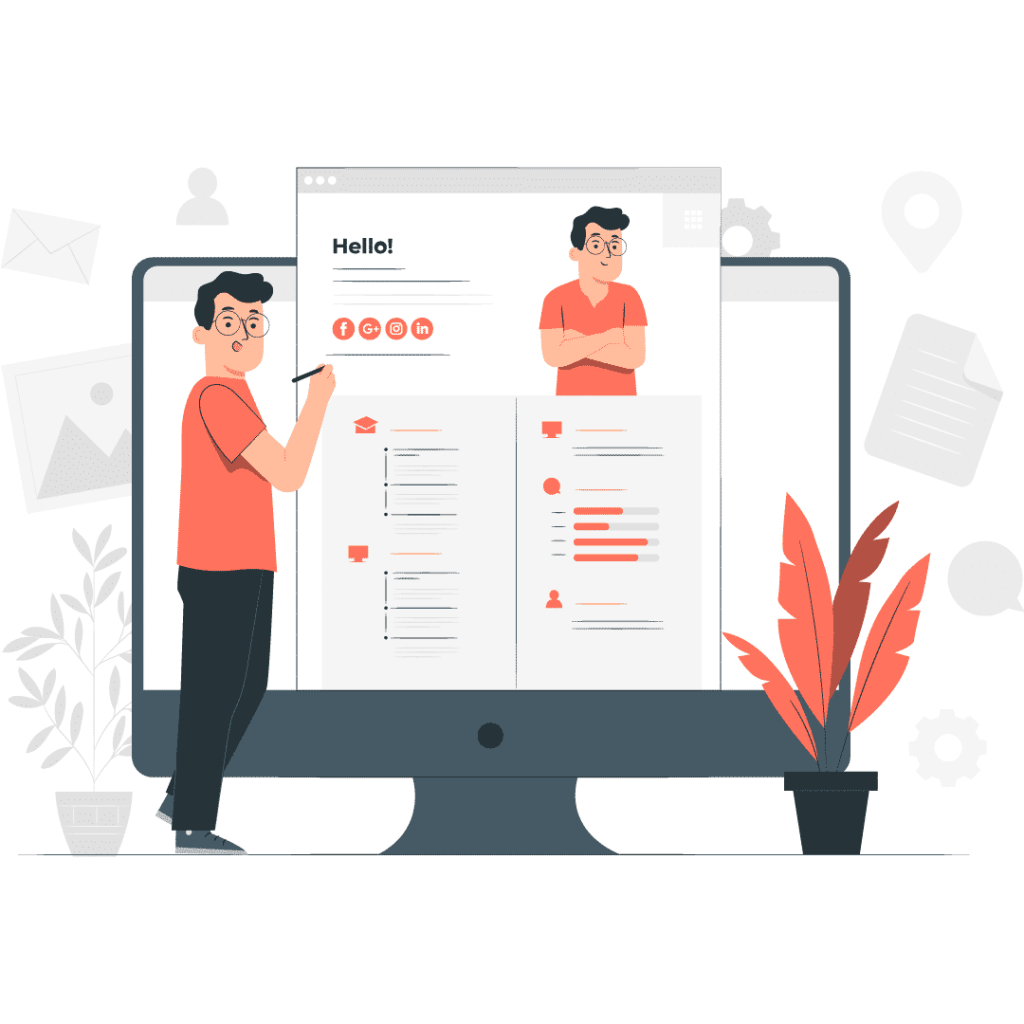In today’s digital-first world, organizations are under constant pressure to move faster, reduce costs, and improve efficiency. Automation has become a key enabler of these goals, allowing businesses to streamline repetitive tasks and focus on innovation. Among the many tools available for automation in the cloud, Azure Logic Apps stands out as a powerful, scalable, and user-friendly service. It helps businesses design workflows that integrate apps, services, and data seamlessly.
This blog will guide you through the essentials of Azure Logic Apps, its advantages, and how it makes business process automation simple and effective. Whether you are a beginner or looking to strengthen your cloud knowledge, this blog will give you a solid understanding of workflow automation in Azure.
What are Azure Logic Apps?
Azure Logic Apps is a cloud-based service designed to automate workflows and integrate different systems, services, and applications. Instead of writing complex code, users can design workflows visually using a drag-and-drop interface. Logic Apps enables organizations to connect various tools—such as Microsoft 365, Salesforce, SAP, SQL Server, or even on-premises systems—without heavy development work.
It is widely used for scenarios like:
- Automating approval processes
- Sending notifications and alerts
- Data synchronization across applications
- Processing files or data pipelines
- Connecting cloud and on-premises systems
By enabling automation at scale, Logic Apps eliminates manual effort and accelerates business operations.
Why Choose Logic Apps for Workflow Automation?
Automation is not just about saving time; it’s about creating consistency, reliability, and scalability in business processes. Logic Apps offers several advantages that make it one of the most popular services for workflow automation in Azure.
Low-Code and No-Code Flexibility
One of the biggest advantages is that Logic Apps reduces the need for custom coding. Using a simple design interface, business users and developers alike can create workflows with little to no code.
Rich Connectors
Logic Apps comes with hundreds of built-in connectors, enabling seamless integration with services such as Office 365, Dropbox, Google Drive, Dynamics 365, and more. This makes it easy to automate tasks across multiple platforms.
Scalable Cloud Workflows
Logic Apps runs on the Azure platform, which means it scales automatically as demand increases. Whether automating a single workflow or thousands, it delivers consistent performance.
Cost-Effective Model
Logic Apps follows a consumption-based pricing model. You only pay for the actions and triggers used in your workflows, making it a cost-efficient option for organizations of any size.
Enterprise-Grade Security
As part of Azure, Logic Apps benefits from the security and compliance features built into Microsoft’s cloud platform. Businesses can automate processes with confidence knowing that data is handled securely.
Key Components of Azure Logic Apps
To understand Logic Apps better, let’s look at its core building blocks:
Triggers
A trigger is an event that starts the workflow. For example, a trigger can be “a new email arrives in Outlook” or “a file is added to OneDrive.”
Actions
Once triggered, actions are the steps executed in the workflow. For example, sending a notification, creating a record in a database, or invoking an API.
Connectors
Connectors are pre-built integrations that allow Logic Apps to communicate with services like Twitter, SharePoint, or SQL. They bridge the gap between applications.
Workflows
A workflow is the complete sequence of triggers and actions that define the business process. These workflows can be simple or highly complex depending on the requirement.
How Logic Apps Simplifies Business Process Automation
Logic Apps is designed to make automation accessible, even for teams without deep coding expertise. Here are a few common ways businesses use it:
Automating Approval Processes
Imagine an employee submits a leave request. With Logic Apps, this request can automatically route to the manager, send notifications, and update HR systems without manual intervention.
Data Synchronization
Logic Apps ensures data remains consistent across systems. For instance, when a customer record is updated in Dynamics 365, the changes can automatically reflect in Salesforce.
File Processing
Companies dealing with large volumes of files, such as invoices or orders, can use Logic Apps to automate uploading, categorizing, and storing files securely.
Notifications and Alerts
Logic Apps can send real-time notifications based on specific events. For example, alerting the IT team when server metrics cross a defined threshold.
Real-World Use Cases of Azure Logic Apps
- E-commerce Order Processing
Automating order confirmations, shipping notifications, and inventory updates. - Healthcare Data Integration
Connecting patient data across multiple healthcare systems while maintaining compliance. - Finance and Accounting
Automating invoice approval, payment processing, and reporting workflows. - IT Operations
Setting up alerts for system downtime and automatically creating tickets in a helpdesk system. - Marketing Automation
Syncing customer data across platforms and automating campaign workflows.
Benefits of Azure Logic Apps
- Faster implementation of automation projects
- Reduced dependency on manual labor
- Seamless integration with third-party and Microsoft services
- Flexibility to create workflows of any complexity
- Pay-as-you-go pricing, ideal for startups and enterprises alike
Getting Started with Azure Logic Apps
Here’s a simplified guide to creating your first Logic App:
- Log in to the Azure Portal and create a new Logic App resource.
- Choose a template or start from scratch.
- Select a trigger, such as “When a new email arrives in Outlook.”
- Add actions, like saving attachments to OneDrive or sending notifications in Teams.
- Save and run the workflow.
Within minutes, you can have a working automated process without writing any code.
Future of Workflow Automation with Logic Apps
As businesses continue to adopt digital transformation, the need for automation will only grow. Logic Apps will play a central role in connecting systems, enabling cloud workflows, and reducing complexity. With AI and machine learning increasingly integrated into cloud services, future workflows will become smarter, predictive, and more efficient.
Conclusion
Azure Logic Apps has made business process automation more accessible and effective than ever. By providing a low-code platform with rich connectors and scalable cloud workflows, it empowers organizations to simplify complex processes, reduce manual tasks, and improve efficiency across departments. From small businesses looking to save time to large enterprises managing thousands of workflows, Logic Apps delivers flexibility and reliability.
As cloud adoption continues to grow, tools like Logic Apps will play a critical role in building smarter, faster, and more connected businesses. For anyone exploring workflow automation or aiming to optimize business operations, Azure Logic Apps is a simple yet powerful solution worth mastering.




No comment yet, add your voice below!